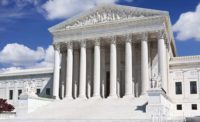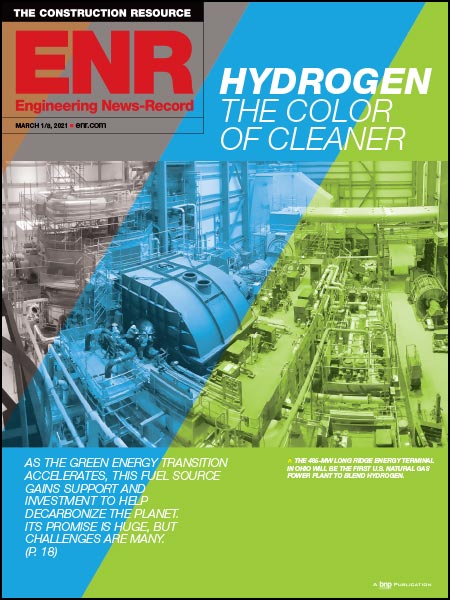Scalia wrote: “Applying BACT to greenhouse gases is not so disastrously unworkable, and need not result in such a dramatic expansion of agency authority, as to convince us that EPA’s interpretation is unreasonable. We are not talking about extending EPA jurisdiction over millions of previously unregulated entities, but about moderately increasing the demands EPA (or a state permitting authority) can make of entities already subject to its regulation. “
Both environmental and industry groups found parts of the decision that they liked. In a statement, Harry Ng, American Petroleum Institute vice president and general counsel, said the decision “is a stark reminder that EPA”s power in not unlimited. Any new rules should be designed to complement—not strangle—the manufacturing renaissance America is experiencing thanks to new energy production.”
But Howard Fox, co-counsel for the Environmental Defense Fund in the case, said the decision marks the third Supreme Court decision “confirming EPA's authority to protect us against harmful carbon pollution that threatens our health and our communities.“ He said the decision keeps the architecture in place for setting national standards to limit carbon emissions from powerplants, left alone the “endangerment” finding that greenhouse gas emissions pose a danger to public health and “provides clear momentum and authority for the EPA as the agency moves forward with its recently announced crucial limits on carbon pollution from existing powerplants.”
Fox added that the universe of facilities “let off the hook” by the ruling was very small.
But one source with knowledge of the case said that the ruling will give facilities more flexibility in their ability to reduce overall emissions without triggering PSD or Title V requirements. For example, a facility might put more controls to reduce nitrogen oxide, bringing the overall emissions below the threshold required to trigger PSD or Title V regulation.
The case is Utility Air Regulatory Group v. EPA.



